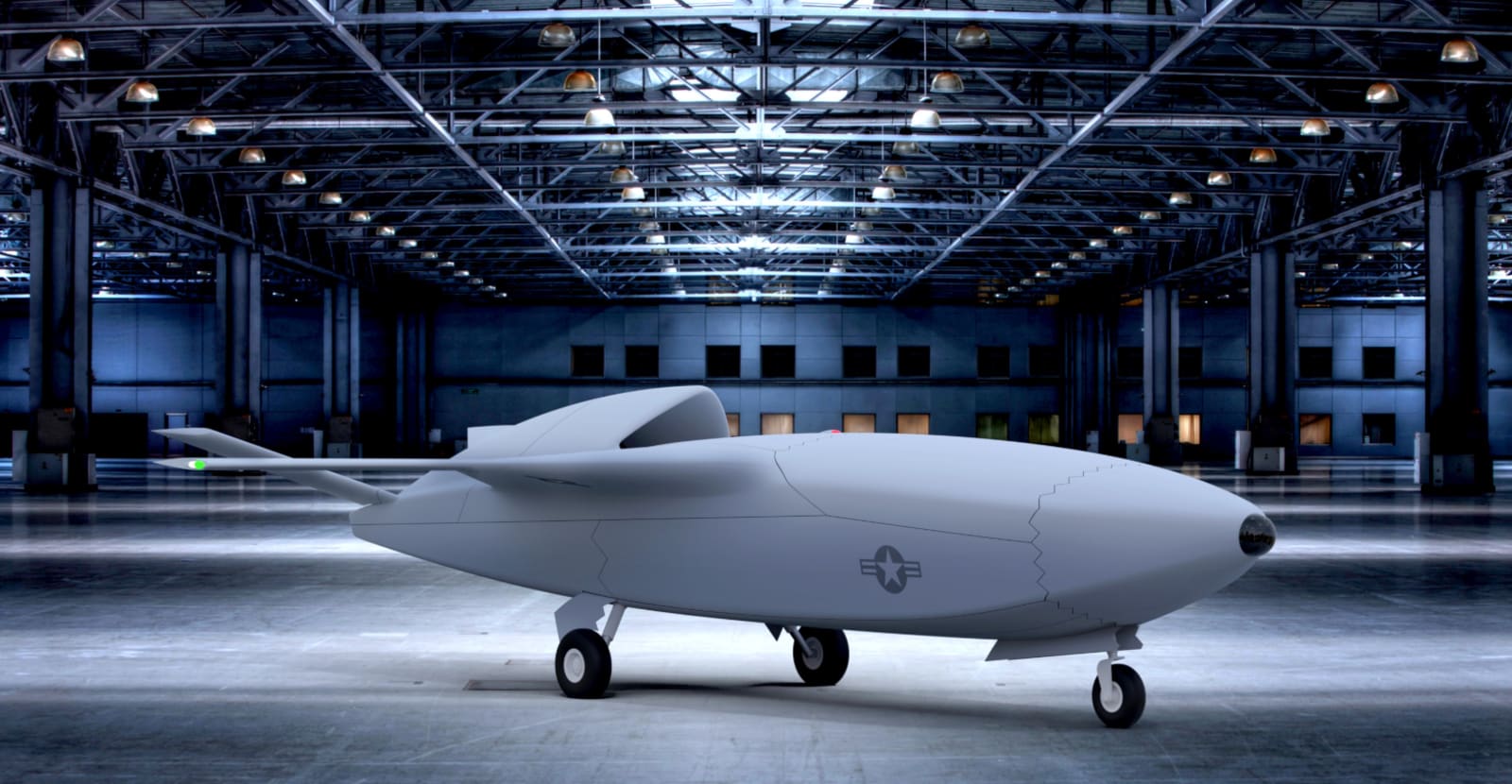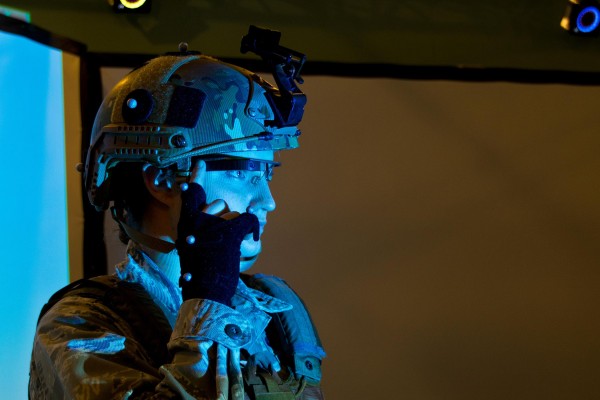It wasn’t all that long ago that GPS technology was a rare commodity. These days, nearly every handheld device has GPS-powered navigation and tracking technology built into it. But now global positioning systems have the potential to impact our lives in ways we couldn’t have dreamed of 10 years ago. The data provided by today’s GPS satellites can pinpoint the location of people and objects down to just a few meters.

This information can be used to power numerous improvements to our lives and safety. Here are a few examples of how accurate GPS coordinate data can be used to make the world a better place. GPS technology can be used to help do everything from improve delivery service, to preventing loss of property, to keeping our skies, roadways, families and pets safe.
One area in which GPS technology is making everyday life more convenient is in the area of delivery services. The technology can be used to not only ensure that drivers are following the most efficient route to their destination, but also can now be used to provide real-time data on the location of deliveries to both companies and their customers. One such example is the GrubHub food delivery service.

This local food delivery aggregator allows participating restaurants to share location data for delivery orders via an Android or iPhone app, so consumers can know exactly where their food is and when it will arrive at its destination. No more wondering if or when your meal will show up – all thanks to GPS tech.
Of course, global positioning data isn’t just for things like finding out where your pizza is. GPS data is frequently used by emergency responders to quickly find their way to victims of disasters, crimes, and accidents. Today’s Enhanced 911 emergency response systems are backed by GPS data.

These public safety systems leverage GPS and cell phone tower location data to try and instantaneously locate the caller, speeding response and ensuring accurate response location. Can you imagine being in an emergency situation where you can’t speak, or don’t have the time or focus to be able to report your location? Thankfully, GPS tech has got you covered.
Location coordinate data can also be used to track down lost personal property, but even more importantly can help find lost pets and children. One such application of this technology is the FiLIP, a forthcoming device that combines an emergency phone and GPS-based locator for children in a special wristwatch.

This gadget looks like an oversize watch, but it allows parents and guardians to not only track the location of their kids, but to be alerted if they leave a pre-set “safe zone” – such as school or a park. You can also call or message your child. The watch can even dial a tree of emergency contacts and record ambient sounds when its emergency button is pushed. Having this always-on connectivity to your child certainly can ease parent’s minds, and can definitely help save children from precarious situations. But it’s having accurate location data that’s the most critical component of such devices.
These are but a few innovations which depend on GPS location data, and the future remains bright for the application of global positioning technology. You can be a part of it by contributing your own ideas over at The Air Force Collaboratory in their “Launch of GPS IIF” project. This project will help the Air Force launch its own GPS satellite into the GPS Constellation, and is just one of three recently-launched projects which encourage the general public to participate in the conceptualization development of new technologies which can improve Air Force safety and efficiency, and contribute to the general safety and security of humankind.
Thank you The Air Force Collaboratory and Technorati for being sponsors of this article. All opinions expressed here are my own and the products mentioned are not endorsed by the U.S. Air Force.
 The U.S. Air Force's X-37B space plane has been orbiting Earth since September 7th, 2017, crossing the 718 day mark and breaking its previous record of 717 days, 20 hours and 42 minutes in flight. While little is known about the classified X-37B, we...
The U.S. Air Force's X-37B space plane has been orbiting Earth since September 7th, 2017, crossing the 718 day mark and breaking its previous record of 717 days, 20 hours and 42 minutes in flight. While little is known about the classified X-37B, we...
 The U.S. Air Force's X-37B space plane has been orbiting Earth since September 7th, 2017, crossing the 718 day mark and breaking its previous record of 717 days, 20 hours and 42 minutes in flight. While little is known about the classified X-37B, we...
The U.S. Air Force's X-37B space plane has been orbiting Earth since September 7th, 2017, crossing the 718 day mark and breaking its previous record of 717 days, 20 hours and 42 minutes in flight. While little is known about the classified X-37B, we...
 To say that SpaceX was unhappy with losing out on the US Air Force's rocket development contracts would be an understatement. The company has sued the US government under claims that the Air Force "wrongly awarded" contracts to Blue Origin, Northrop...
To say that SpaceX was unhappy with losing out on the US Air Force's rocket development contracts would be an understatement. The company has sued the US government under claims that the Air Force "wrongly awarded" contracts to Blue Origin, Northrop...
 The Air Force wants to see if AI-powered autonomous drones can help human pilots better perform their mission. In a press release, the Air Force said it was seeking input from the tech industry in a new AI initiative for autonomous drones it calls Sk...
The Air Force wants to see if AI-powered autonomous drones can help human pilots better perform their mission. In a press release, the Air Force said it was seeking input from the tech industry in a new AI initiative for autonomous drones it calls Sk...



























